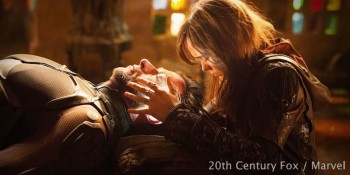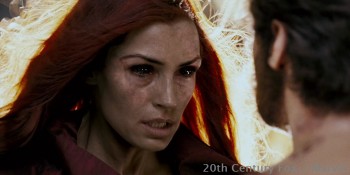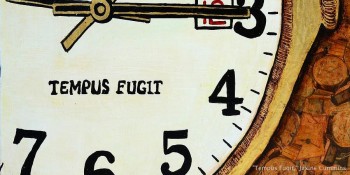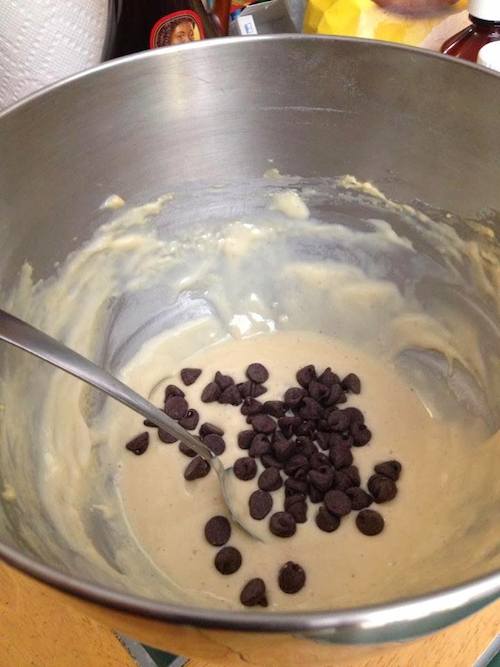“Comic book movies” have been a huge part of the pop culture mainstream since the first X-Men film was released over a decade ago. Some have been unquestionable home runs, while others have been critical and commercial failures. Almost all have followed similar formulas: take the characters and themes of the source material and put them into a world as real as possible. Every movie follows traditional Hollywood rules in terms of scripting and does everything it can to appeal to the new fan, making each sequel feel almost like a fresh start.
X-Men: Days of Future Past changes all of that. It fulfills the promise of what a “comic book movie” can be. As The A.V. Club recently explained in its review, DoFP does away with the need to remind viewers of who the characters are. In a sense, it adapts the sometimes maddening quality of superhero comic books, which count on rabid fans to understand the extensive history of the franchise. For DoFP, however, it works. The movie lets the characters breathe so that even new fans are able to pick up their traits quickly without having to be explicitly told their backstories. Minor details, like Wolverine’s pre-adamantium bone claws, are candy for fanboys without intruding on the story for newcomers.
The movie feeds off of the franchise’s history. Mystique and Professor X’s friendship from X-Men: First Class is the primary mover of the plot, with Charles Xavier spending the entire movie trying to save Raven from herself. His relationship with Magneto plays the same important role in the story as it always does, but in a much fresher way; we are shown both men at two very different times in their lives: one in which their philosophies have them in great conflict, and the other when war has rekindled their lost friendship. We are expected to remember everything the two men put each other through in the original X trilogy, as well as their split in First Class, in order to understand their conflict in this movie, as well as to raise the stakes of Wolverine’s mission.
Wolverine’s character continues his development from his last movie. Logan is still suffering from the loss of Jean Grey in X-Men: The Last Stand, and it is the memories of her and other slaughtered mutants that motivate him to take the journey.
This sense of history and self-reference to several different stories is a hallmark of superhero comic books and makes DoFP great, giving it the feeling of an epic conclusion, even while doing what comics always do at the end of their arcs: start the next story.
Even beyond the self-referential nature of the movie, DoFP feels like a real-life comic book. The entire story structure is more like a six-issue comic collection than a three-act play. Each section of the movie tells a distinct story that’s a part of the larger narrative.
In true comic book form, one of these subplots sees the introduction of Quicksilver. The lightning-fast teen steals the show for a few minutes, then quickly moves on, allowing the core heroes to continue on without him. Comic book fans are familiar with this trope. Characters pop up in other protagonists’ titles all the time, only to leave by the next issue to return to their own adventures. Writers often employ this technique to move their stories along, using the unique abilities of other characters to fulfill a narrative need. In abundance, this can take away from the hero’s story, but DoFP uses the cameo effectively, in a way that hurt no one’s development and gives the dark film some much-needed comic relief.
Previous “comic book movies” relied heavily on the characters to sell the story and the action to tell it. DoFP broke the mold by relying on the story to sell the movie and the characters to tell it. In fact, DoFP and Captain America: The Winter Soldier are the first superhero movies to actually be named after specific comic book story arcs. As such, both movies relied less on combining disparate stories to pack as much plot in as possible, like X3 did, and instead were able to build primarily off of one story and fill in the gaps with strong character development.
And what a story DoFP told. The original comic book storyline is beloved for a reason. Until recently, it was the kind of story that only comic books could tell. The time-traveling tale predates The Terminator by three years and Back to the Future by four. Both the movie and the comics tell two tales in different eras simultaneously, establishing the rules of time travel early and sticking to them.
The movie manages to combine several types of stories in a way that truly honors the source material. It’s equal parts 1984 dystopia, civil rights allegory, time-travel odyssey, superhero epic, and personal drama. Seeing all of these elements in one story is what makes superhero comics great, and the X-Men cosmic opera so beloved.
20th Century Fox took a big gamble with DoFP. A story like this requires a huge budget. The effects used in the future scenes alone are incredibly impressive. The Sentinels come across as horrifying, monstrous machines, which are pretty much unbeatable. And, as always, Magneto shows off his powers in terrifying new ways.
DoFP the film is the realization of the vision of Chris Claremont, author of the comic-book arc. It is a movie that tells an important story about acceptance and humanity while pushing the limits of science fiction to bold new places. It punctuates important moral points with explosions and giant robots. It’s pretty much the coolest way to learn about loving our fellow man.
If you haven’t already, see X-Men: Days of Future Past as soon as possible. Whether you are a fan of blockbusters or of character dramas, you will leave the theater happy.







